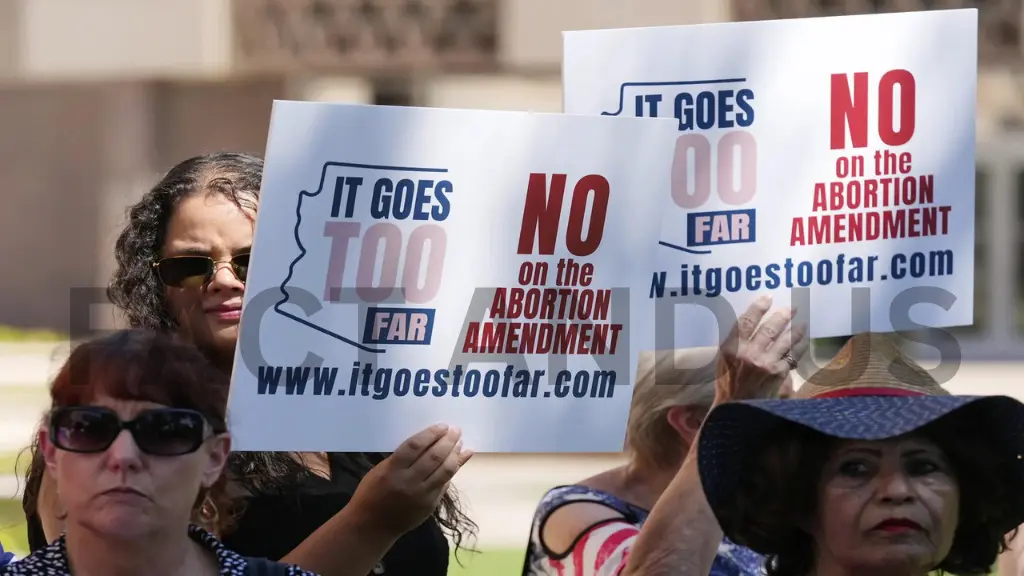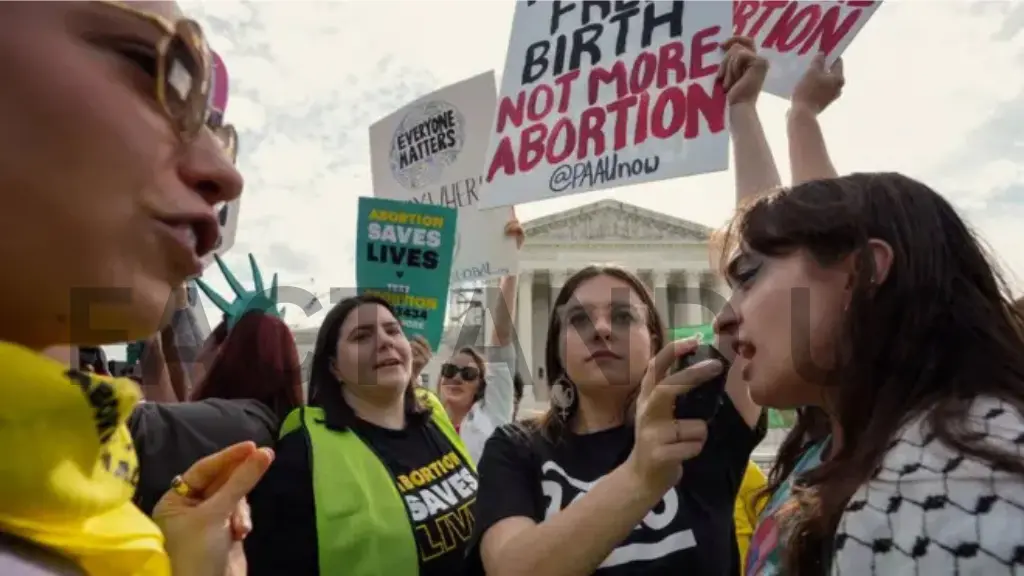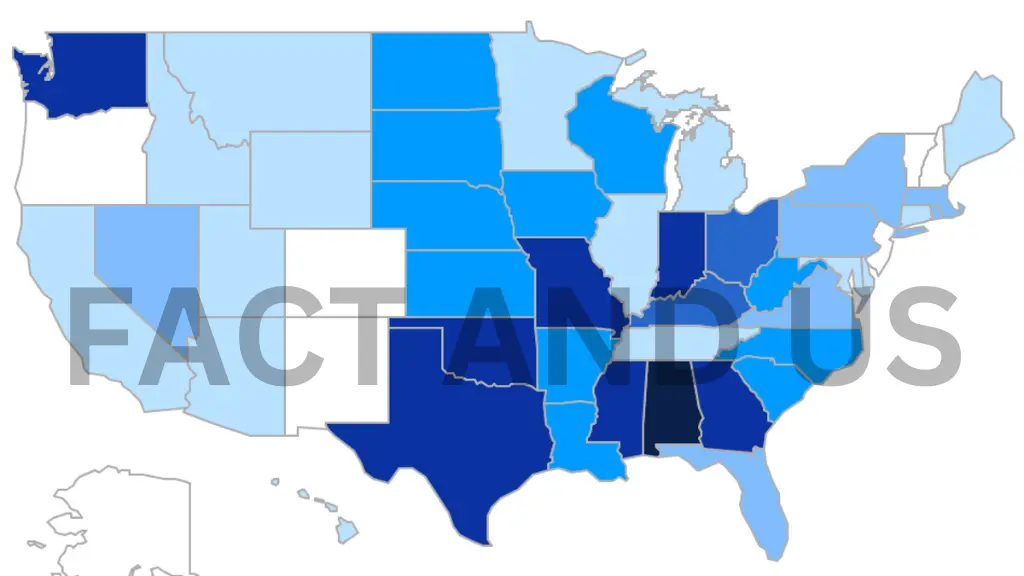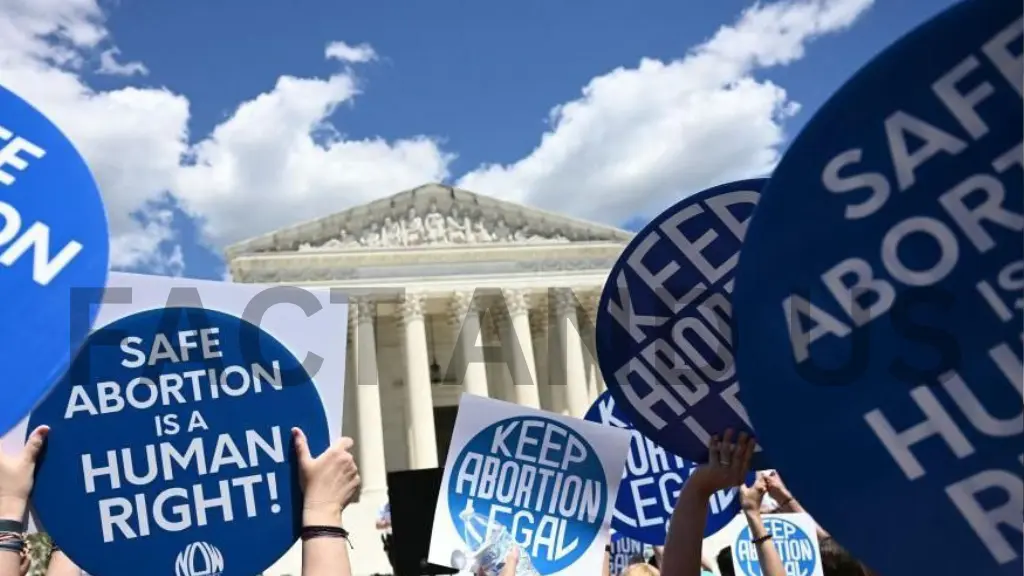In ten US states, voters will go to the polls this November and make a choice that will define their very control over abortion: the future of reproductive rights. Since the Supreme Court’s decision to overturn Roe v. Wade, the debate around reproductive rights at the national level is rife, and ballot measures in these ten US states will have a broader impact on access to abortion throughout the country.

Contents
Ten US States to Put Abortion
The measures that state voters will decide on range from conservative strongholds to more liberal-leaning regions, highlighting the diverse public opinion on this issue. In some states, voters will be asked whether they want to protect rights for abortion within their state constitutions; in other places, voters will consider measures that would further restrict or even ban abortion outright.
Abortion was one of the major issues in U.S. politics since the Supreme Court’s ruling in 2022 in the case of Dobbs v. Jackson Women’s Health Organization, effectively overturning the federal right to abortion that had been established nearly five decades earlier by Roe v. Wade in 1973. Now, states decide what abortion laws are in place, leading to a quilt of policies with different standards everywhere.
States Defending Access to Abortion


Many of the ballot initiatives will have voters enshrine reproductive rights into their state constitutions. In states such as California and New York, where access is currently legal and protected by state law, the measures are meant to cement that and prevent legislatures in the future from passing restrictions.
For instance, California’s would state outright that all Californians have a right to reproductive freedom-including abortion-access in the state constitution. This is about ensuring that Californians have their rights protected no matter what happens at the federal level, said one pro-choice advocate. A similar measure passed last year in Vermont with an overwhelming degree of support, providing a potential harbinger for how these votes might go.
States Looking to Limit Abortion
In more conservative states, voters will weigh in on proposals to restrict or ban abortion outright. For example, in the state of Ohio, a hotly contested ballot measure seeks to ban abortion after six weeks of pregnancy, before most people even know they are pregnant. Supporters of the ban contend that this is a reflection of the will of the conservative-leaning voters of the state, while opponents say it would take away crucial health care choices from women and hurt already vulnerable communities disproportionately.

In South Dakota and Kentucky, voters will consider measures that could further limit abortion access or define life as beginning at conception, which could pave the way for tighter abortion bans down the road.
A Contentious and Consequential Issue
Ballot measures have inflamed heated debate and organized advocacy groups on all sides of the issue. Proponents of abortion rights are stirring up voters to vote in favor of retaining it, while opponents are drumming up support for stricter rules. “These measures represent a direct vote on whether or not women should have the right to make personal healthcare decisions,” said one pro-choice campaigner. An anti-abortion group then trotted out a spokesperson to comment, “We have an opportunity here to protect life and bring our laws in alignment with the values of our communities.”

Public opinion polling indicates that the electorate remains sharply divided over abortion and, to a significant extent, across party lines. In some states, turnout – especially among younger and female voters, whose voices in the abortion debate have only grown louder since the Dobbs decision of the Supreme Court – may prove to be decisive in these ballot measures.
What’s at Stake
The outcome of these ballot measures could have nationwide ramifications. Because abortion laws vary so significantly from state to state, November’s votes may either bolster access to abortion in some states or cement further bans in others. Successful measures may open the door for new lawsuits, as opponents may test the constitutionality of certain bans or protections.

For many voters, this November represents a rare opportunity to directly shape abortion policy in their own states, a power that was previously held by the courts and legislatures. “This is one of the most important votes of our lifetime,” said a voter in Ohio. “What we decide now will impact generations to come.”
As the nation watches these ten states in the lead-up to Election Day, one thing is clear: the future of abortion rights in America will continue to be fought not just in the courts, but at the ballot box.
stay connected with fact and us for more such news.
